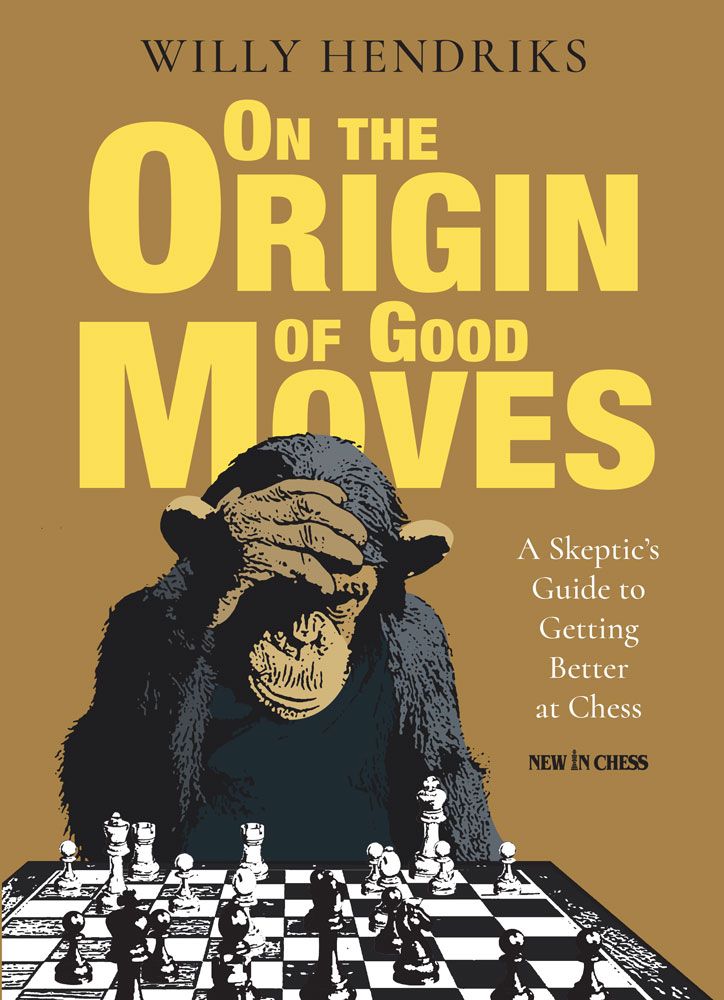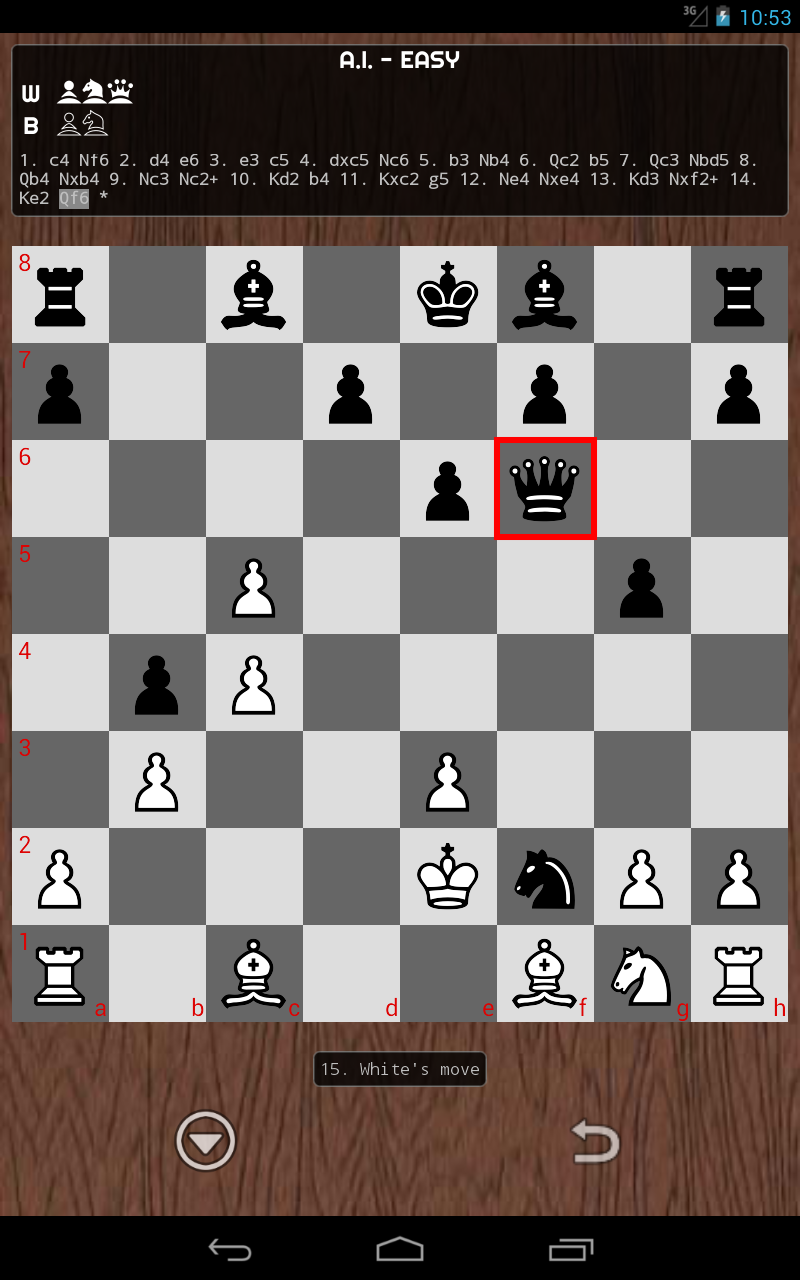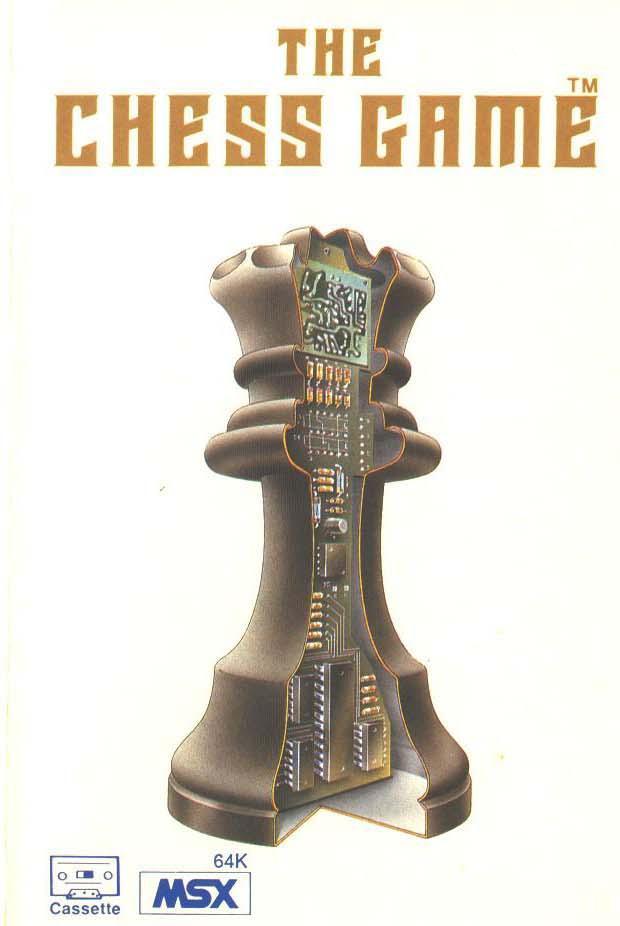

Black wanted to play 33…Nd5 but dismissed it because his g-pawn was hanging. In many instances revisions to the analysis have been implemented, for example, from Reshevsky-Botvinnik, 1955: “A master ‘feels’ that there should be a killer here.” “An amateur looking at this position will quickly count up the material …” “The master knows this is what a winning combination ‘feels’ like.”

But the master notices quite a bit more than the amateur does.”

“An amateur looking at this position will recognize the basic elements.” Though much of the descriptive language is similar: So let’s take a look at what has been updated.Ĭompared to the first edition, McKay 1994 (third printing), the very first example, Piket-Sosonko 1993, has been replaced by a new example, Kamsky-Mamedyarov 2013. The Inner Game of Chess was first published by McKay in the early 1990s, and, according to the publisher, “this 21st-century edition of Soltis’s celebrated work features new material and revised diagrams and analysis, while retaining all the insights that made The Inner Game of Chess an instant classic.” The author discusses common obstacles to clear visualization and offers techniques to overcome them in your own play.” Being aware of tactical motifs knowing when to stop looking and verifying your chosen move are essential, but they all depend on the basic requirement to see clearly what’s going on. Chess Hall of Fame in 2011.Īccording to the back cover blurb, “In The Inner Game of Chess, GM Andy Soltis shows that the key to good calculation is good visualization of the position in front of us and then after the moves we’re considering. Grandmaster Andy Soltis is a popular Chess Life columnist and the author of numerous classics of chess literature, including Pawn Structure Chess, The New Art of Defense in Chess, Rethinking the Chess Pieces, and many others. The Inner Game of Chess, Andrew Soltis, Mongoose Press 2014, Paperback, Figurine Algebraic Notation, 324pp. Alphabetical Checkpoint and ChessBase Cafe.


 0 kommentar(er)
0 kommentar(er)
